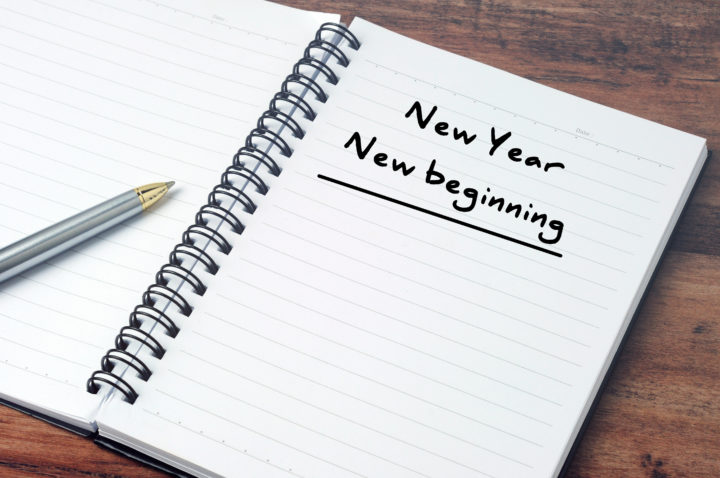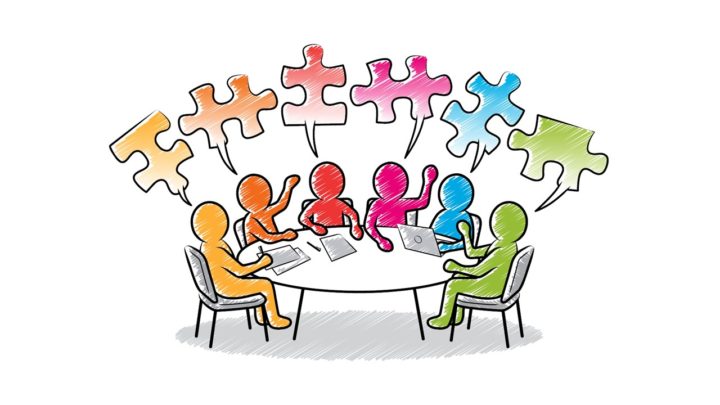Podcast: Play in new window | Download
Although common “wisdom” says it takes a long time to establish trust, the reality—as proven by scientists, law enforcement professionals and even con artists—is that we all make nearly instantaneous judgments about whether to trust people, and only afterwards refine or revise our initial impression.
While it’s not possible to predetermine how others will react to you, in this podcasts, I share three principles, two actions and two behaviors that will make you more immediately trustworthy in the eyes of others.
Principles:
Intentions trump technique
Charles Green, co-author of The Trusted Advisor Fieldbook, calls this principles over processes, and it’s one of the five attitudes he suggests you must have to create trusting relationships.
It all begins with intent. While it is possible for someone to fake it, people generally can see through you fairly quickly. Plus, it’s a lot easier and more natural to do some of the behaviors I’m going to suggest when you actually feel them yourself. It’s the same principle underlying method acting, in which the actor is taught to think of some situation in their life when they felt the emotion they are meant to portray. When they “become” the character they are portraying they find it much easier to do it.
Of course, there are people who know how to fake their intentions very well for their own ends, such as psychopaths and con artists, but that’s not really an option for normal, good-hearted people such as you and me.
There’s a bit of a paradox here, because of course one of the reasons you want someone to trust you is because you probably want something from them in return. It may be a sale if it’s a customer, or agreement if it’s a peer or a boss. But as I’ve said before, the best way to get what you want is to give others what they want by granting it to you.
Suspend your ego
Probably the most important and at the same time the hardest principle to follow. This one comes from Robin Dreeke, former FBI counterintelligence agent and author of The Code of Trust. It’s another way of saying what I’ve harped on constantly throughout my podcasts: outside-in thinking—make it about them, not you.
What does this mean in practical terms? First, try to see things from their perspective. That’s hard to do, especially when they say something you don’t agree with. Your natural temptation is to argue, but what you must do here is ask questions or seek to understand. Talk less than you normally do. Don’t try to be interesting; be interested in them. Be curious about them. Resist the temptation to tell your story. Most people love to talk about their kids, for example, but aren’t quite so enthusiastic to hear about others’ kids. Get interested in their kids.
Start with trust
It’s unrealistic to expect someone to do something you wouldn’t do yourself, and that is just as important for trust as anything else. If you want others to trust you, you have to be prepared to trust them, and to show them. “Bare your neck” One way to quickly do this is to show your own vulnerability, either by confessing a weakness or by asking for advice. Reciprocity is a powerful tool of influence, and people who have been granted a trust may be more open to granting one in return.
Actions
Earn the right
Study them. Learn as much as you can about them: their background, their education, their interests, things they have said or written, etc. People will be flattered that you did it, and it will give you material you can use to establish common ground and to ask better questions that get them engaged in the conversation.
Establish common ground
Similarity is one of the fastest shortcuts to trust. As Maria Konnikova says, “We are more trusting of people who seem more familiar and more similar to us, and we open up to them in ways we don’t to strangers: those like us and those we know or recognize are unlikely to want to hurt us.”
Behaviors
Be transparent
Good intentions are useless unless people can see them, so this is about body language and verbal language. Nonverbal is first because people see it before the first words come out of your mouth. Be forthright and friendly in your approach and your gaze, Have a firm handshake; above all, smile genuinely, and act as if they are the highlight of your day. Face them squarely as if you have nothing to hide.
Listen as if your life depends on it
This is so obvious that it’s almost a cliché, but I want to stress the idea of patient listening. In other words, don’t just listen for an opportunity to insert your own opinion or to begin your pitch. Make them feel as if they are the most important person in the room at that time. When they say something, ask questions about it: find out more about what they mean, why they said it, how strongly they feel about it, maybe get them to tell a story about how they came to feel that way.
Sources referenced in this podcast:
The Trusted Advisor Fieldbook, by Charles Green and Andrea Howe
The Code of Trust, by Robin Dreeke
The Confidence Game: Why We Fall for It…Every Time , by Maria Konnikova
Looks Matter More than Reputation When It Comes to Trusting People with Our Money






